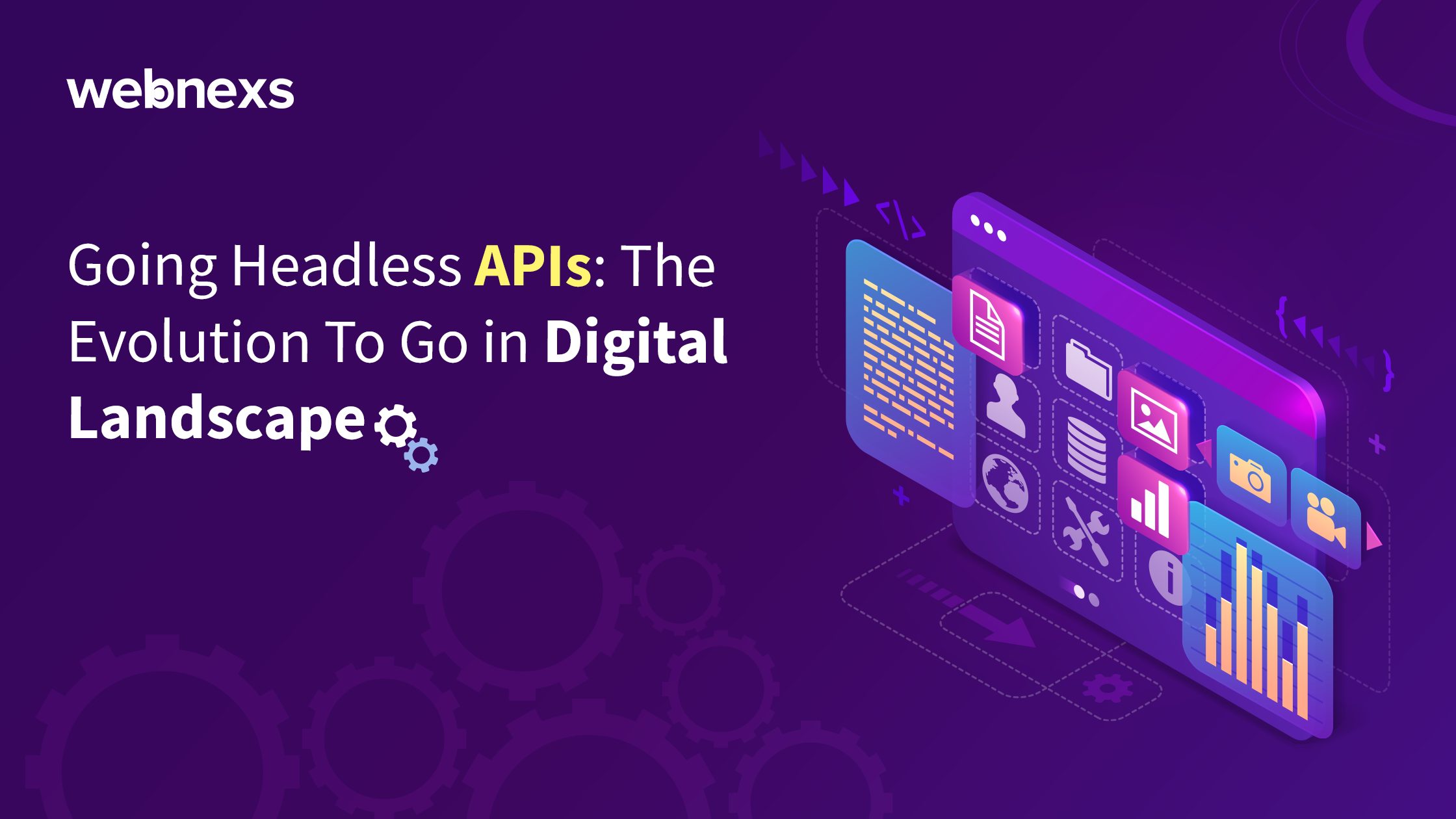The digital landscape is constantly evolving, driven by advancements in technology and changing user expectations. One significant development that has emerged in recent years is the concept of headless APIs. These APIs have revolutionized the way digital experiences are created and delivered, offering unprecedented flexibility and scalability. In this article, we will explore why headless APIs are an integral part of the evolution of the digital landscape, understanding their basics, benefits, use cases, challenges, and the future they hold.
Introduction of Headless Ecommerce API

Headless API is a backend service that provides data and functionality without a user interface. It enables seamless integration between different systems, allowing developers to access and manipulate data programmatically for building flexible and customized applications.
In this section, we will provide a brief introduction to the topic and set the context for discussing headless APIs.
Understanding APIs
In this section, we will explain what APIs are and discuss the traditional API architecture. We will also highlight the limitations of traditional APIs, paving the way for the introduction of headless APIs.
What is an API?
We will define APIs and their purpose, explaining how they enable communication and interaction between different software applications.
Traditional API Architecture
Here, we will explore the conventional architecture of APIs, where the front-end and back-end are tightly coupled, and any changes made to one component can impact the other.
Limitations of Traditional APIs
This subsection will shed light on the drawbacks of traditional APIs, such as limited flexibility, scalability, and difficulty in adapting to changing technology and user demands.
Headless APIs: The Basics
In this section, we will introduce headless APIs and explain their fundamental concept.
What are Headless APIs?
We will define headless APIs, emphasizing the separation of front-end and back-end functionalities. This decoupling enables more independent development and deployment of each component.
Separation of Front-end and Back-end
Here, we will discuss how headless APIs allow developers to work on the front-end and back-end separately, using APIs to connect and exchange data between the two.
Benefits of Headless APIs
This section will highlight the various advantages that headless APIs offer over traditional APIs.
Increased Flexibility and Scalability
We will discuss how headless APIs provide greater flexibility, allowing developers to choose the most suitable technologies for each layer and easily adapt to changing requirements. Additionally, we will explain how headless APIs facilitate scalability by enabling the addition or removal of components without disrupting the entire system.
Improved Performance and Speed
Here, we will explore how headless APIs contribute to improved performance and faster load times. By reducing the overhead associated with traditional APIs, headless APIs streamline data transfer and processing, resulting in enhanced user experiences.
Enhanced User Experience
In this subsection, we will explain how headless APIs empower developers to create highly customized and engaging user experiences. The decoupling of front-end and back-end allows for more innovative and seamless interfaces, leading to better user satisfaction.
Ease of Integration and Interoperability
We will discuss how headless APIs simplify the integration of various systems and services, enabling interoperability between different platforms. This flexibility opens up opportunities for building complex ecosystems and leveraging third-party solutions.
Use Cases of Headless APIs
In this section, we will explore some real-world applications of headless APIs.
- Content Management Systems (CMS)
We will explain how headless APIs are revolutionizing content management systems, providing more flexibility in delivering content across multiple channels and devices.
- E-commerce Platforms
Here, we will discuss how headless APIs are transforming e-commerce platforms, enabling seamless integrations with third-party services and offering personalized shopping experiences.
- Mobile Applications
In this subsection, we will highlight the benefits of headless APIs for mobile applications, including improved performance, faster development cycles, and consistent user experiences across different platforms.
Challenges and Considerations
This section will address the challenges and considerations that organizations may face when implementing headless APIs.
- Learning Curve and Complexity
We will discuss the learning curve associated with adopting headless APIs, emphasizing the need for developers to acquire new skills and adapt to a different development approach.
- Security and Authentication
Here, we will explore the security implications of using headless APIs, including authentication and authorization mechanisms to protect sensitive data and prevent unauthorized access.
- Monitoring and Maintenance
In this subsection, we will discuss the importance of monitoring and maintaining headless API architectures to ensure optimal performance and address any issues that may arise.
Headless APIs and SEO
This section will examine the relationship between headless APIs and search engine optimization (SEO).
- SEO-friendly Content Delivery
We will explain how headless APIs can enable SEO-friendly content delivery by separating the presentation layer from the data source, allowing for efficient indexing by search engines.
- Richer User Experiences
Here, we will discuss how headless APIs facilitate the creation of richer and more interactive user experiences, which can contribute to improved SEO rankings.
Future of Headless APIs
In this section, we will explore the future prospects of headless APIs and their continued impact on the digital landscape.
- Continued Adoption and Growth
We will discuss the increasing adoption of headless APIs across various industries and the potential for further growth in the coming years.
- Innovations and Advancements
Here, we will explore potential innovations and advancements in headless API technologies, such as improved tooling, standardization efforts, and emerging best practices.
conclusion
In conclusion, headless APIs are a vital part of the evolution of the digital landscape. Their ability to offer flexibility, scalability, improved performance, and enhanced user experiences makes them indispensable in today’s digital age. By embracing headless APIs, organizations can stay at the forefront of innovation and deliver exceptional digital experiences to their users.
Frequently Asked Questions (FAQs)
u003cstrongu003eWhat is the difference between traditional APIs and headless APIs?u003c/strongu003e
Traditional APIs tightly couple the front-end and back-end, while headless APIs separate these components, allowing more independent development and flexibility.
u003cstrongu003eHow do headless APIs improve user experiences?u003c/strongu003e
Headless APIs enable the creation of customized and engaging user experiences by decoupling the front-end and back-end, allowing for more innovative interfaces and seamless interactions.
u003cstrongu003eWhat are some use cases of headless APIs?u003c/strongu003e
Headless APIs find applications in content management systems, e-commerce platforms, and mobile applications, among others.


